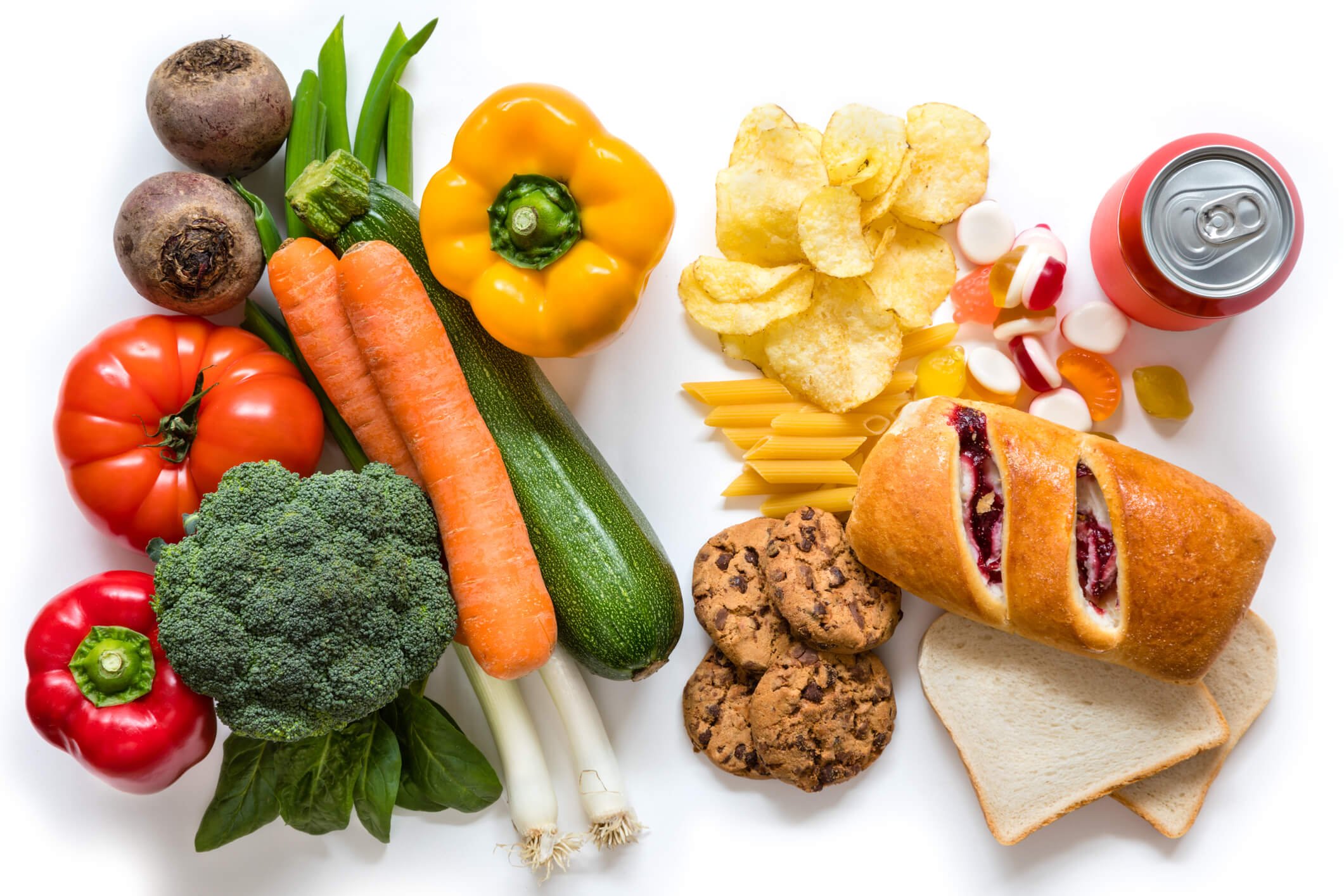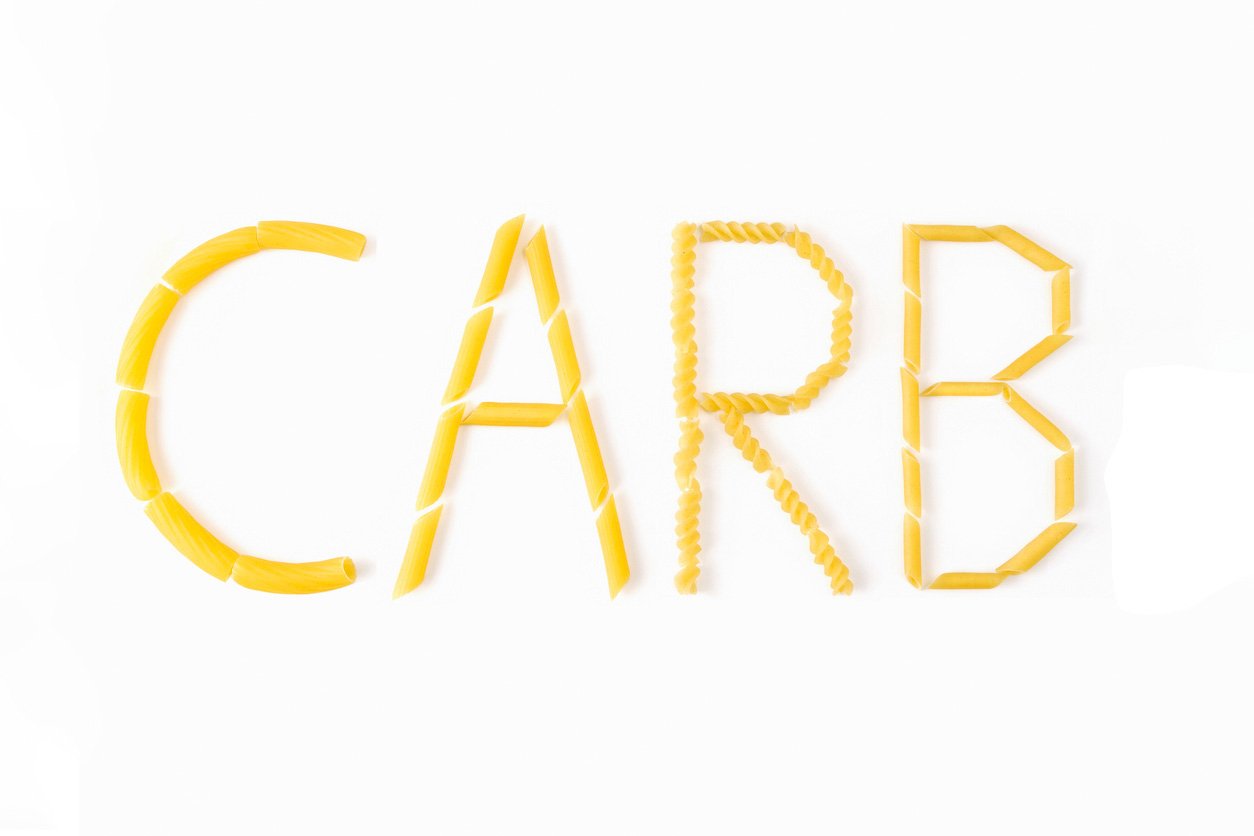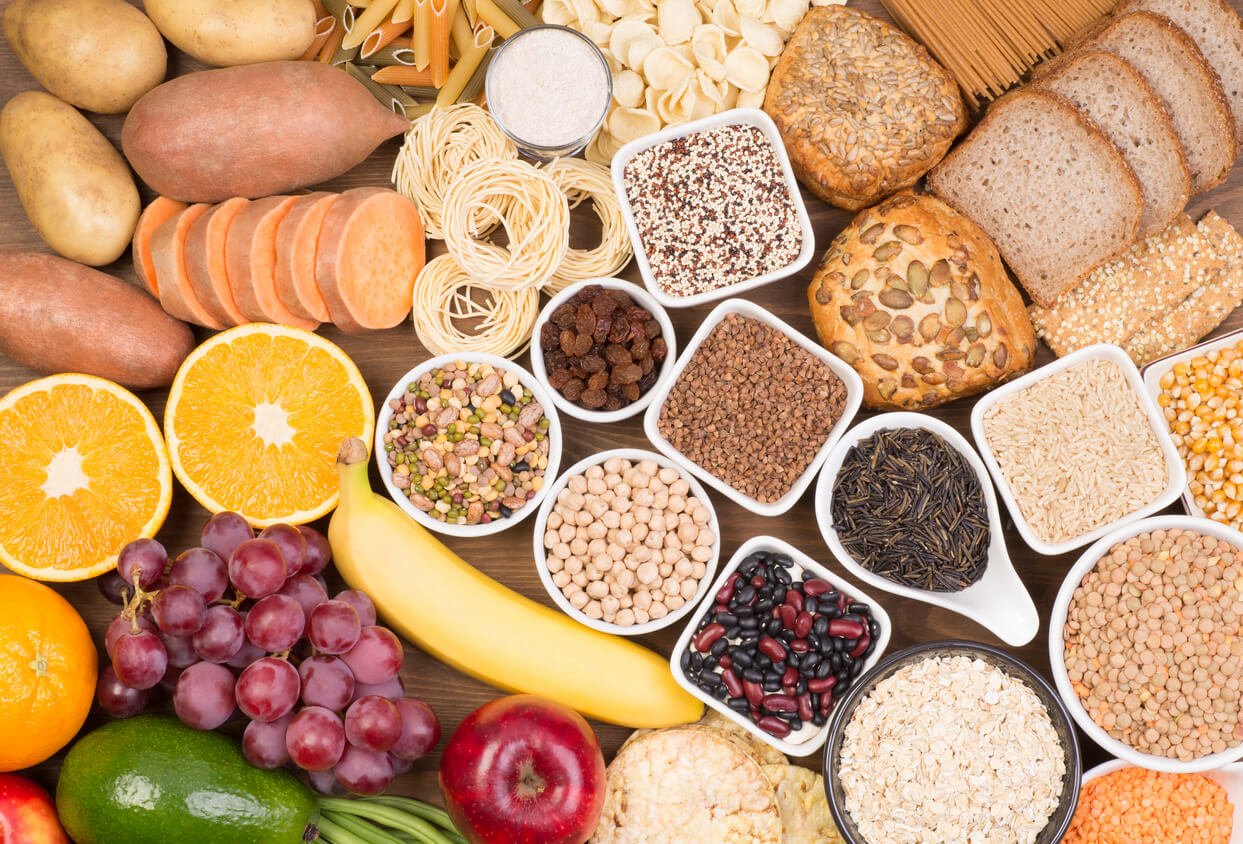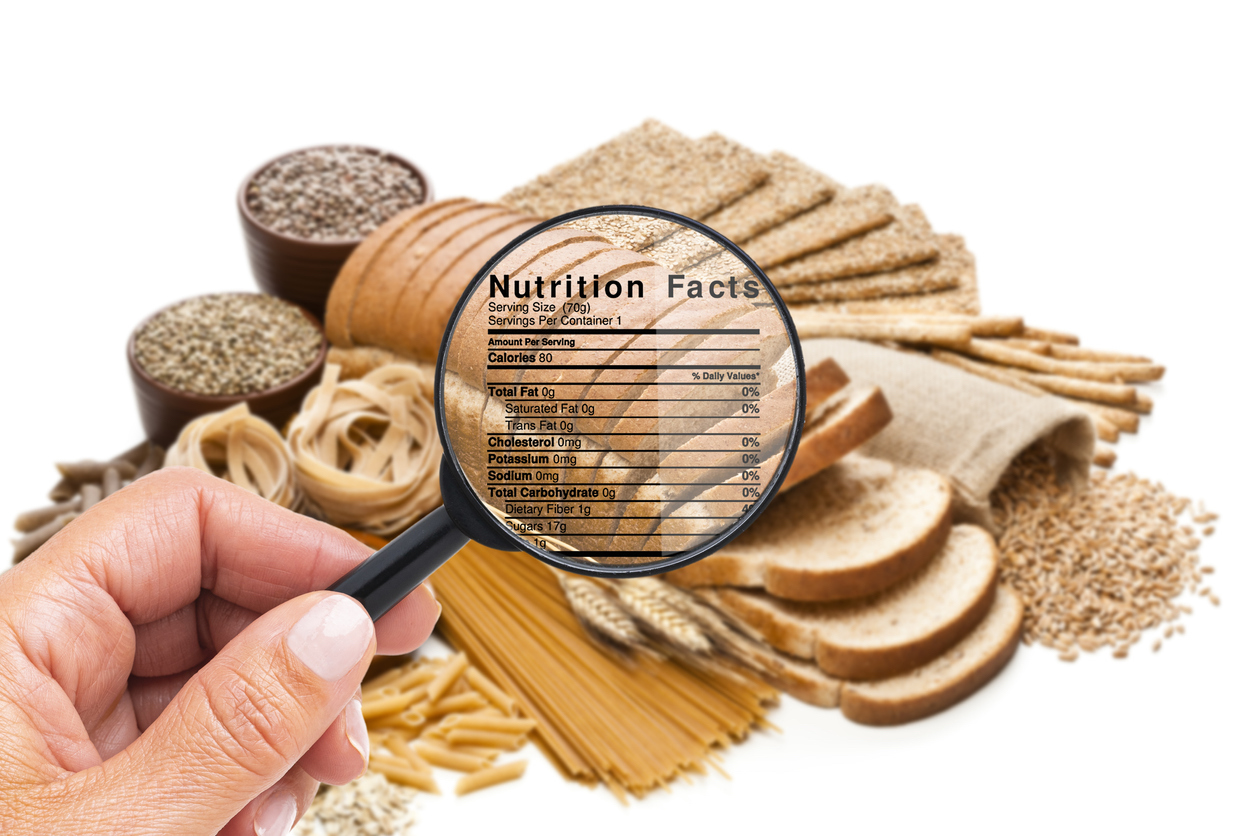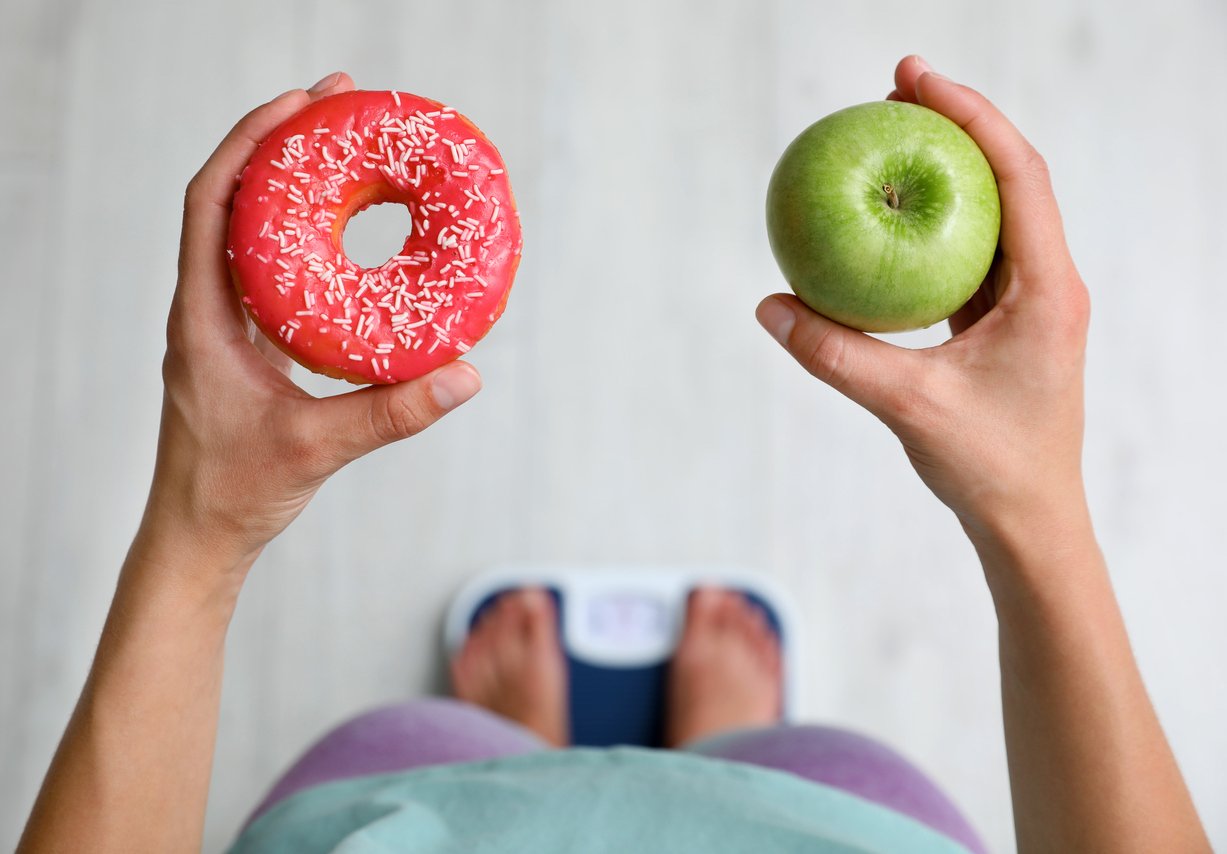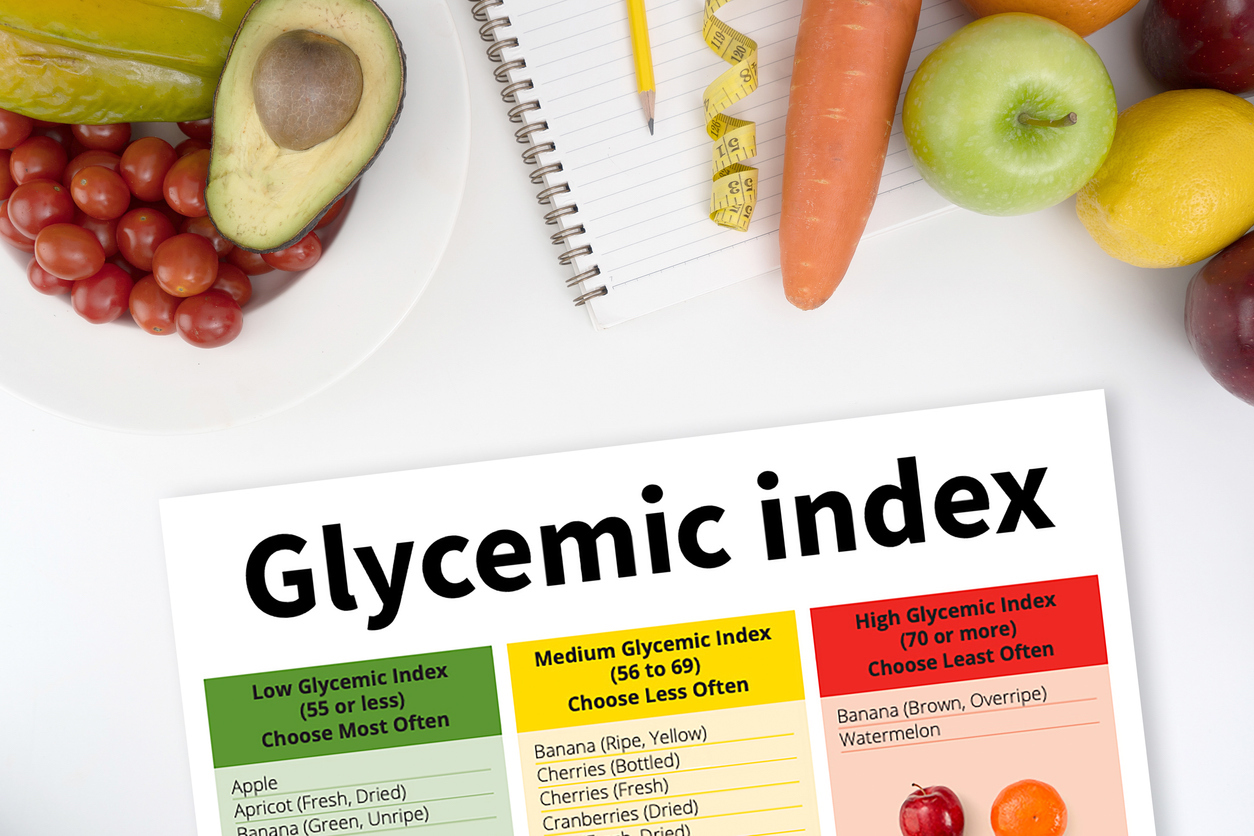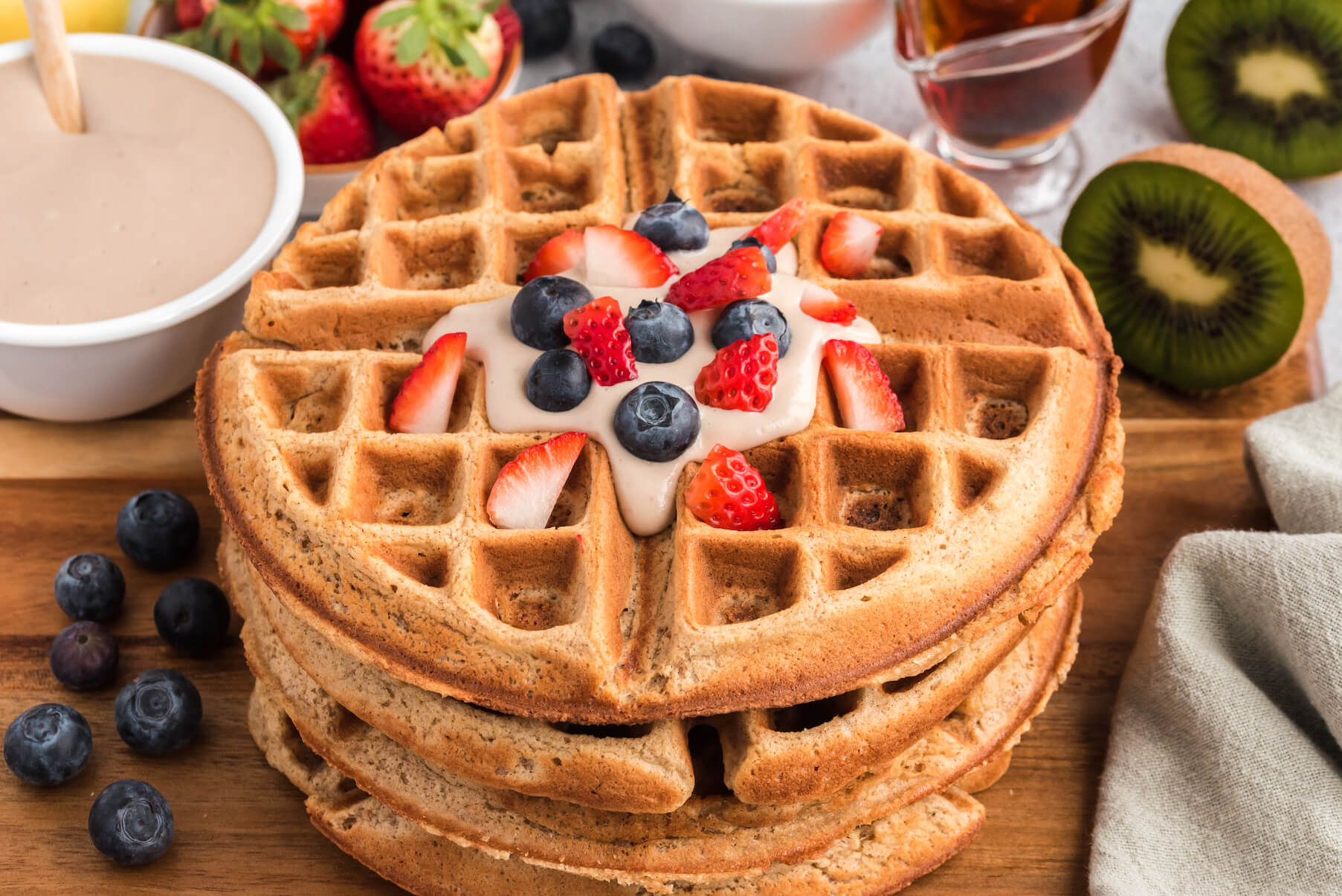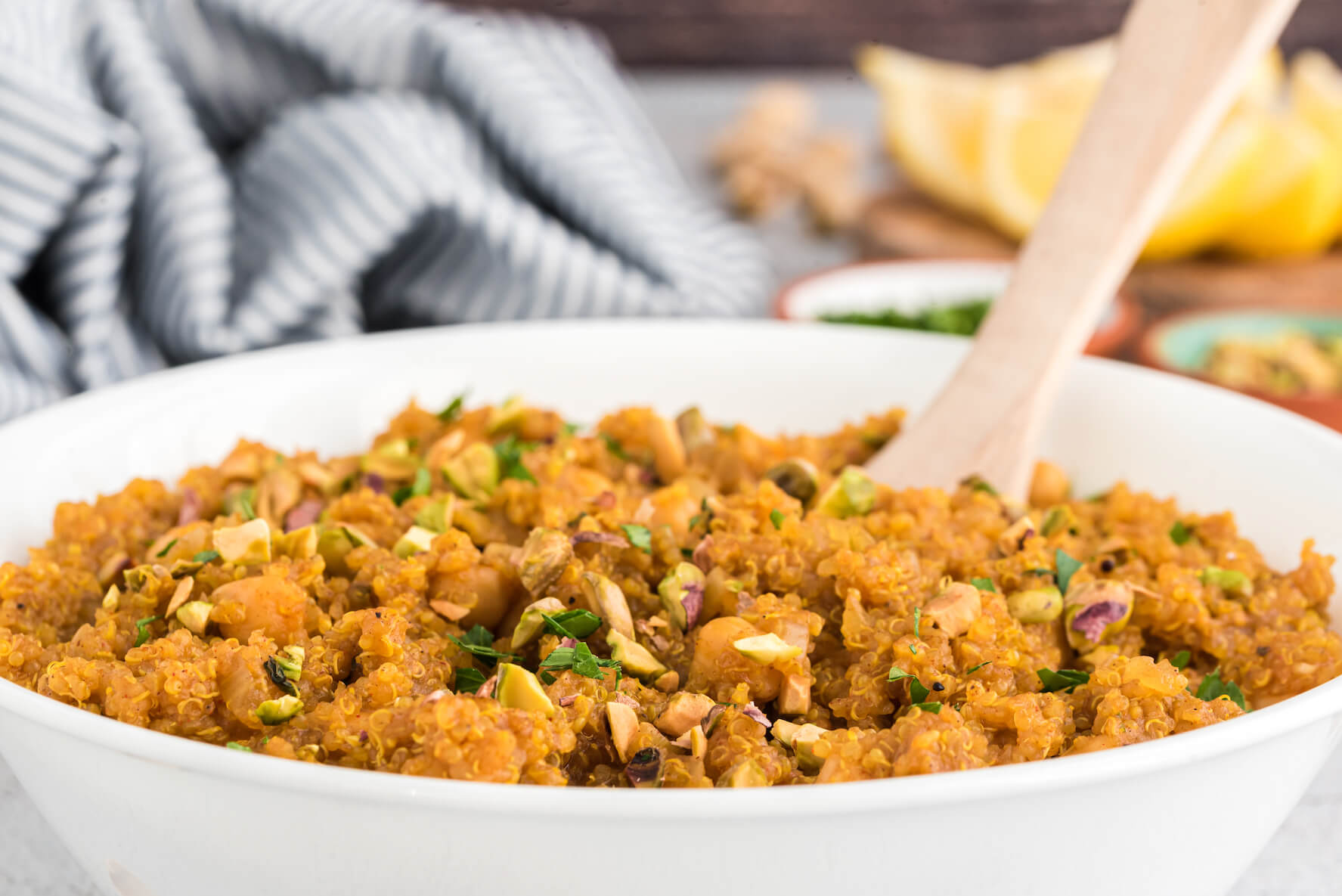In The Wizard of Oz, the Wicked Witch of the West puts Dorothy, Toto, and the Cowardly Lion to sleep by sending them through a field of poppies. The screenwriter got the idea directly from the text of the novel, penned in 1900 by Frank Baum: “Now it is well known that when there are many of these flowers together their odor is so powerful that anyone who breathes it falls asleep, and if the sleeper is not carried away from the scent of the flowers, he sleeps on and on forever.”
Clearly, Baum was taking liberties here; opium poppy flowers will not knock you out, even if you’re a 15-pound Cairn Terrier named Toto. But he chose poppies for a reason — at the time he was writing, opium addiction was rampant in the US. Baum, as a sickly child, may have been treated with laudanum, a sedative made by dissolving concentrated extracts of the opium poppy in grain alcohol. So it was a natural creative leap for the novelist to attribute to a field of the whole plant the same soporific qualities as the highly processed and concentrated extract.
While The Wizard of Oz is clearly a work of fiction, there’s a popular nutritional philosophy that embraces the same logical fallacy. The low-carb movement is rightly concerned about the harms caused by eating processed sugars and refined flours but extends its vilification of carbohydrates to all foods containing them — including many associated with the healthiest human diets on the planet.
Carb as a Four-Letter Word
Over the past 50 years, proponents of diets like Atkins and South Beach have demonized carbohydrates, especially regarding weight and diabetes management. One of the PR victories they’ve achieved is the popularity of the word “carb” itself, as a derogatory four-letter word that condemns not just white bread, cookies, and pizza, but also sweet potatoes, carrots, corn, and fruit.
Carbs are so bad, according to this philosophy, that you need to count them — or else they’ll lead you to obesity and type 2 diabetes. At the same time, many star endurance athletes load up on certain kinds of carbs before a race, claiming that it gives them the sustained energy they need to perform at their best.
In short, there are few nutritional topics more confusing than carbohydrates. What are they? Do we need them? How much is too much (or too little)? And do they really cause weight gain? Looking past the opinions and the dogma, what does the evidence say? Just what is the truth about carbohydrates?
In this article, we’ll look at the purpose of carbohydrates from an evidence-based perspective. And we’ll explore the differences between carbs that deserve their bad reputation and those that are healthful for most people to consume. You’ll see how to incorporate healthy carbohydrates into your diet, and let go of any fear of them.
What Is the Function of Carbohydrates?
To understand the functions of carbohydrates and why carbohydrates are important, first, let’s understand what the word means. The definition of the word “carbohydrate” derives from the two atoms, carbon and hydrogen, that join with oxygen to make the nutrient. Carbohydrates are one of three essential macronutrients derived from food, with fat and protein being the other two. (Technically, alcohol is also a macronutrient, but since our bodies don’t need it, we’ll ignore it for this discussion.)
The word “essential” is kind of a giveaway — we need to get carbohydrates, fats, and proteins from our diets in order to be healthy. Carbohydrates function primarily as an energy source for the body, particularly the brain. In fact, carbohydrates are our bodies’ favorite source of energy — they’re fast-acting and clean-burning compared to fats and proteins, which our bodies can also burn for fuel in a pinch. Our biology is optimized to turn two types of carbohydrates, sugars and starches, into glucose, which our cells use to power their various functions.
Glucose enters your cells from your bloodstream with the help of a key, the hormone insulin. The more glucose makes its way into your blood, the more insulin you’re likely to need in order to get it into your cells. That’s the main reason that carbohydrates and sugars are associated with diabetes. But not all carbohydrates contribute to and/or exacerbate diabetes, as we’ll soon see.
Types of Carbohydrates
There are two main categories of carbohydrates — simple and complex. Sugars are simple carbohydrates, while starch and fiber are both complex carbohydrates.
Sugars
The smallest carbohydrate unit is the monosaccharide, which means “one sugar” and refers to a single molecule. The two main monosaccharides that humans consume are fructose and glucose. They occur naturally in fruit and some vegetables, and are also present in processed sugar and some other sweeteners.
Next in size are the disaccharides (“two sugars”), including sucrose, lactose, and maltose. These also appear naturally in some foods, as well as refined sugar products and dairy products that contain lactose.
Starches
If monosaccharides are the individual links, then starches are the chains made from those links. Plants store simple sugars in the form of starch to serve as a stable, long-term energy source, which helps them survive (especially in climates where they aren’t able to photosynthesize all year long). Animals (including us) break the starches down into monosaccharides with the help of digestive enzymes called amylases. Turning those starches into monosaccharides takes time, which can slow the introduction of glucose into your bloodstream — reducing the “peaks and valleys” that simple sugars are known to cause.
Joke time!
Question: “What’s the name of the digestive enzyme in saliva that breaks down starch?” Answer: “I can’t remember, but it’s on the tip of my tongue.”
Ba dum bum.
Fiber
Fiber is the name given to classes of indigestible starches, which aren’t scared of amylase. They are resistant to hydrolysis, meaning the breaking down of molecules through the introduction of water. Even though you can’t digest fiber, it’s still essential for your health.
Fiber is found in the cell walls of plants, where it provides structure (plants never got into the whole skeleton thing). Fiber comes in two forms, insoluble and soluble. Insoluble fiber doesn’t dissolve in water. It remains mostly intact in your body, acting like a broom that cleans out your digestive tract. Soluble fiber does dissolve in water, where it forms a gel-like substance that serves as a yummy meal for the “good” bacteria in your gut microbiome.
What Amount of Carbohydrates Do You Need?
When we look around the world, we see human populations that have survived on very different diets, especially when it comes to the ratios of the three essential macronutrients. You’ve got Okinawa, home to one of the longest-lived populations ever studied, where carbohydrates comprise roughly 65% of the energy consumed. And on the other hand, the Alaskan Inuit peoples traditionally got just 26% of their calories from carbohydrates, sourcing the rest from protein and fat in their animal-rich diet.
Of course, what people have traditionally eaten is not necessarily a guide to the optimal diet — they may be surviving long enough to reproduce, but not be living the kinds of long and healthy lives that we might prefer.
The US government has published average recommended daily amounts (RDAs), which it characterizes as the necessary amount for various nutrients.
The RDA for total carbohydrates is as follows:
- Infants 0–6 months: 60 g
- Infants 7–12 months: 95 g
- Children & Adults > 1 year: 130 g
- Pregnant People: 175 g
- Lactating People: 210 g
These numbers, however, are on the low end of the spectrum, because the RDA is the amount of a nutrient you need to meet your basic nutritional requirements — not necessarily the optimal amount.
It may be more useful to think about carbohydrate consumption as a percentage of total calories rather than in absolute amounts. This is the approach taken in the Acceptable Macronutrient Distribution Range (AMDR). Here are published AMDRs for carbohydrates published by health authorities in different regions of the world:
- New Zealand and Australia: 45–65%
- North America: 45–65%
- United Kingdom: 50%
- World Health Organization (WHO): 55–75%
There is no recommended intake of natural sugar (the kind you find in fruit and some vegetables), and there’s absolutely no human need for added sugar. So the nutritional advice there is all about upper limits. The USDA wants us to keep added sugar to less than 10% of our total calories, which comes out to around 25–36 grams per day. The World Health Organization suggests cutting that in half, to no more than 5% of daily calories coming from added sugar. There’s no reason to doubt that for most people, the less added sugar, the better.
Debunking the Myths About Carbohydrates
There are heaps of misinformation and half-truths about carbohydrates out there, but we can categorize them into the five common myths that probably cause the most harm. Let’s jump in and separate the facts about carbohydrates from the fiction.
Myth #1: All carbohydrates are bad for you.
Lumping all carbohydrates into the same “bad for you” category makes about as much sense as avoiding all puppies because some dogs bite. You can debunk the “all carbs are bad” myth by appreciating two distinctions. First is the difference between complex and simple carbohydrates. And second, the difference between whole and fractionated foods.
Simple carbohydrates are made up of unchained sugar molecules, either one or two units long (mono- or disaccharides). Foods with added sugars (and this includes many natural sugars like honey, maple syrup, and agave nectar) provide a quick hit of energy while causing a rapid spike in blood glucose levels. Often, these foods contain little, if any, fiber (though some may contain vitamins and minerals).
Complex carbohydrates consist of fiber, which doesn’t convert to fuel at all, and starches, which tend to break down slower, reducing sugar spikes and giving you a longer-lasting and more stable form of energy. This makes them, in general, a healthier choice. These polysaccharides (meaning “many sugars,” and not “sugar named after a parrot”) are in whole plant foods, specifically whole grains, legumes, and vegetables. When you consume them, you’re always getting fiber, along with fuel that can sustain your body over time.
Good vs Bad Carbohydrate Examples?
Now, it’s not quite as straightforward as complex carbohydrates good, simple sugars bad. Some foods that contain simple sugars are also health-promoting for most people. One example is fruit, which typically contains sugar (“fructose” comes from the Latin word “fructus,” meaning “fruit”) and is also rich in fiber, vitamins, minerals, and phytochemicals.
And some whole plant foods contain both complex and simple carbohydrates. Sweet potatoes, for instance, which have starch, sugar, and fiber, are one of the most nutrient-dense foods you can eat.
Also, just because a food contains starch doesn’t mean it’s healthy. Some of the foods that form the basis of the modern industrialized diet technically are made up of complex carbohydrates that are broken apart, and no longer come to us in their whole food form. Products such as bread, pasta, cereal, and crackers are typically made from refined flours without most of the fiber that makes up the bran, or husk, of the grain. And even if they are made from whole grains, they may still spike your blood sugar and compromise your health (although less dramatically so).
One reason for this is that even if there is no extra sugar added, these products get digested much more quickly than complex carbohydrates in their whole, unbroken state. To understand why, think of the difference in setting a thick round log on fire, compared to that log being cut into dozens of thin pieces of kindling or shredded into newspaper. The log might take 15 minutes to ignite, and then burn for three hours. The kindling, which is kind of like whole grain flour products, might take a couple of minutes to ignite and burn up in another 15 minutes. The newspaper, which might be compared to white flour products, will ignite almost instantly, burn very hot, and leave you cold just a few minutes later.
Whole Foods Are Best
Whether carbohydrate-rich foods are good for you depends on what kind of carbohydrates they originally contained (simple and/or complex), what other beneficial nutrients they offer, and whether they have been processed to increase their surface area and remove good stuff and/or add in bad stuff. The rule of thumb here is, stick to carbohydrates that are as close to their whole food form as possible.
Myth #2: All carbohydrates cause weight gain.
I hope by now you see the problem with any sentence that starts with “all carbohydrates.” Yes, the simple carbohydrates found in white sugar and flour can lead to weight gain. But whole foods that contain carbohydrates have fewer calories, both by weight and volume, than fat- and protein-rich foods.
While carbohydrates deliver four calories per gram, fat comes with more than twice that amount, at nine calories per gram. That means if you were just eating pure carbs or pure fat, you could eat slightly more than twice the amount of the carbohydrate food than the fat for the same number of calories.
And, while protein also provides four calories per gram, it’s crucial to realize that we don’t eat macronutrients; we eat food. And whole foods that are high in carbohydrates also tend to be high in fiber and water, both of which contribute to satiety, which means you feel fuller sooner and, therefore, eat less. Protein-rich foods, especially those sourced from animals, contain much less water, often zero fiber, and are accompanied by a lot of fat.
So whole plant foods that are high in carbohydrates typically don’t cause weight gain, but actually can help people lose weight through their high satiety index and low caloric density. After all, both water and fiber help to fill your belly, while being calorie-free.
Again, the problems here tend to stem from the processed carbs, bereft of fiber and water, and mixed with refined sugars, oils, and additives. Sugar, by itself, is implicated in weight gain. And most ultra-processed “foods” are engineered to hit your so-called “bliss point,” providing the perfect combination of sweetness, saltiness, and fattiness to keep you coming back for more — long after you’re actually full.
Bottom line, the more nutrient-dense the foods you consume, the more satisfaction you’ll experience with fewer calories, and the less you’ll crave low-nutrient, empty-calorie foods that can lead to excessive weight and obesity.
Myth #3: People with type 2 diabetes shouldn’t eat carbs.
OK, you might be thinking, so carbs from whole foods aren’t bad for the average person. But surely someone with diabetes should avoid them, so they don’t spike their blood sugar. And fruit, with its high sugar content, is definitely off the menu, right?
Actually, the link between diabetes and carbohydrates is far more complex than “carbs are bad.” Let’s see why.
Type 2 diabetes is, for the most part, a lifestyle disease, meaning that the interaction of genetic factors and lifestyle choices come into play. This means that two people with the same genetics (identical twins, for example) can have very different metabolic health outcomes depending on things like food choices, stress, movement protocols, and sleep routines.
Insulin Resistance and Carbohydrates
To review — when you eat carbohydrates, your body breaks them down into glucose, which raises the level of glucose in your blood. The next step is to get that glucose out of the bloodstream, where it can do harm, and into the mitochondria of your cells, which use it for energy. Your body does this by releasing insulin from your pancreas, which travels throughout your body and allows your cells to absorb the glucose.
People with type 2 diabetes experience insulin resistance, which means their body needs more insulin than it can easily produce, in order to process all the glucose in a timely manner. If insulin resistance gets bad enough, their body can’t produce enough insulin to keep up, which leads to high blood sugar — the biomarker that’s the hallmark of diabetes.
The question is, what’s causing the insulin resistance? In some people, the pancreas is working so hard and for so long because of a diet high in junk food that it’s simply become exhausted and can’t keep insulin production at the levels required. That usually occurs after type 2 diabetes has been going on for a while, though. It is referred to as type 1.5 diabetes, as it mimics type 1 diabetes in that the person needs to inject insulin in order to have enough to lower their blood sugar.
The initial problem in type 2 diabetes isn’t too little insulin, but inefficient insulin action. This occurs when the cells are full of fat, which gums up the works and prevents insulin from ushering the glucose out of the blood and into the cells. Think of the fat as putty stuck in the keyhole, and insulin as the key that can’t get in to turn the lock and open the door.
Choosing Nutrient-Dense, Complex Carbs
As we’ve seen, a diet rich in whole plant foods can help return the body to a lean state, which can lower the amount of fat in the cells and allow insulin to do its job. The goal for people with type 2 diabetes is to choose carbohydrates that are nutrient-dense, which means complex carbs that are rich in fiber, vitamins, and minerals, and low in added sugars and unhealthy fats. (Are you starting to see a pattern here?)
And carbohydrates that contain resistant starch can be beneficial for type 2 diabetes as well as other chronic diseases.
While fruit is often targeted as a food group that should be limited or eliminated for people with diabetes because of the simple sugars they contain, research suggests that fruit may actually benefit blood sugar control. Having a piece of fruit with each meal may lower, not raise, the blood sugar response (especially high-fiber fruits like apples and berries). And remarkably enough, eating three servings of fresh fruit each day is associated with an 18% decrease in the risk of diabetes.
In short, most people with type 2 diabetes can and should eat fruit and complex carbohydrates. But they must take care to monitor their insulin levels and, when possible, work with a knowledgeable health care practitioner to find the right dietary balance.
Learn what brand-new scientific research says about how to prevent and reverse type 2 diabetes — using food and free lifestyle tips.
Join the FREE
Watch Here
Myth #4: The glycemic index is the only way to judge carbs.
The glycemic index (GI) is often associated with diabetes control, but it’s also used in the management of other chronic conditions like heart disease, obesity, and even epilepsy. It’s commonly used as a standard to judge the quality of carbohydrates.
The glycemic index works by assigning a number to a given food on a scale from 0 to 100, based on how much that food has been shown to raise blood glucose levels after it’s eaten. If the food has no effect on blood sugar, it scores a 0. And if you’re eating crystals of pure glucose, the glycemic index will register 100, just like ringing the bell at the state fair with a mighty hammer blow.
In between those extremes, high-GI carbs (considered those over 55) are digested, absorbed, and metabolized the fastest, causing a rapid response in blood sugar and insulin secretion, while low-GI carbohydrates (under 55) have the opposite effect, causing minimal impact on your blood sugar.
Problems with the Glycemic Index
In theory, that’s useful information. But in practice, it gets dicier. One problem with the index is that it’s based on giving people one food to eat, on an empty stomach. That mitigates any potential confounding effects, but it’s not a realistic model of how we actually eat. There’s also the reality that not everyone responds to foods in the same way, and the same individual may have different responses at different times, too.
For example, in randomized controlled tests involving 63 healthy adults, researchers at Tufts University found that blood sugar responses to eating white bread varied dramatically even when given to the same person at different times. The same white bread wound up receiving, at different times, low, medium, and high glycemic index scores. The researchers theorized that this variability could be attributed in part to variations in insulin response and baseline HbA1c levels.
And perhaps the biggest problem with rating foods based on their glycemic index score is that not all high glycemic foods are bad for you, and not all low glycemic foods are good for you.
Animal products, for example, don’t contain any carbs and so may get a GI score of zero. But we know that fat, and particularly the saturated fat found in animal products, can clog cells’ insulin receptors and make it harder for the insulin to do its job, thus increasing the risk of prediabetes and type 2 diabetes.
For more on the glycemic index, check out this article. And for more on how to prevent and reverse diabetes with food, see this article.
Myth #5: Low-carb diets are all healthy.
Low-carb diets have been going in and out of fashion since the 1970s when the Atkins diet first brought them mainstream fame. Proponents often tout their benefits for weight loss, diabetes management, and epilepsy control.
All these diets share a fundamental critique of carbohydrates. Atkins, Sugar Busters, South Beach, Paleo, keto, and (heaven help us) carnivore diets all encourage their adherents to burn fat, rather than carbohydrates, for energy. They don’t discriminate between types of carbohydrates, restricting all of them, including sources of whole complex carbohydrates like beans, quinoa, carrots, blueberries, and sweet potatoes.
While it’s theoretically possible to eat a plant-based, low-carb diet, in practice, most low-carb eaters are consuming lots of animal protein and saturated fats, both of which can have detrimental health effects.
Because they restrict or outright ban some of the healthiest foods on the planet — fruits, vegetables, legumes, and whole grains — low-carb diets also tend to be low in fiber, antioxidants, vitamins, and minerals.
While there is evidence that some of these diets can support short-term weight loss, science has so far failed to find any evidence that low-carb diets support greater long-term weight loss than other diets that based on healthier overall dietary patterns.
One scientific review concluded that low-carb diets are not suited as maintenance diets for weight loss or diabetes management. Both very low and very high carbohydrate diets are associated with higher all-cause mortality.
Ultimately, what low-carb diets get right is that they pull people away from simple carbs like added sugars and processed grains. But you can reap the benefits of making that change without giving up carbs altogether — when you base your diet around healthy complex carbs, along with plenty of healthy fats and healthy protein. And a few good recipes can always help.
Recipes Using Healthy Carbohydrates
Each of the recipes below contain a healthy dose of complex carbohydrates — fiber in particular — as well as vitamins, minerals, phytonutrients, and plant-powered protein — all of which can support optimal health. Start your day with the Fiber-Filled Cinnamon Buckwheat Waffles to stay energized and satisfied throughout the morning. Enjoy a culinary delight that will please the palate, belly, and body when you make the Middle Eastern Freekeh and Chickpea Pilaf. Finally, get the entire family on board with plant-based eating while also fueling their bodies and their brains by serving them Instant Pot Wild Rice and Lentil Soup!
1. Fiber-Filled Cinnamon Buckwheat Waffles
If you’re looking for a breakfast that will keep you energized and satisfied throughout the morning, then look no further than Fiber-Fueled Cinnamon Buckwheat Waffles. Buckwheat flour contains a whopping 12 grams of fiber per cup, including soluble fiber and resistant starch that have been shown to feed healthy bacteria in the gut. Buckwheat is also considered a high-quality plant-based protein, another macronutrient that helps to slow the release of carbohydrates into the bloodstream, making energy last even longer. And, we don’t want to forget to mention that these waffles happen to be perfectly crispy on the outside and fluffy on the inside!
2. Middle Eastern Freekeh and Chickpea Pilaf
New to freekeh? This fiber-filled, earthy grain can create delicious salads, grain bowls, or porridge and takes only 25 minutes to cook. Middle Eastern Freekeh and Chickpea Pilaf is quite simple to make, and, trust us, the flavor will make your heart sing with delight! The combination of high fiber and protein-rich freekeh and chickpeas make this a dish that will keep you fueled and invigorated all day long. Tip: Double the recipe because it’ll get gobbled up quickly!
3. Instant Pot Wild Rice and Lentil Soup
This flavorful, aromatic, and nutritious soup is swimming in healthy carbohydrates your body and brain need to thrive — from lentils to wild rice to carrots to kale. There is So. Much. Goodness in this soup that it’ll leave you wondering why healthy carbohydrates aren’t always shining in the spotlight. Make it for the entire family or just for yourself, and refrigerate or freeze the leftovers for quick and easy meals throughout the month.
Yes, Carbohydrates Are Important
The importance of carbohydrates can’t be stressed enough. Healthy carbohydrates are an essential macronutrient needed for optimal nutrition and health. The three types of carbohydrates — sugar, starch, and fiber — all play a role as energy sources in the body. While the low-carb movement has led many people to fear all carbohydrates, it’s crucial to realize that carbohydrates are not created equal and don’t all act the same in your body.
To keep it simple, remember that the “bad carbs,” or carbs to avoid, are made in a plant, and the “good carbs,” or healthy carbs, are plants. To get the most benefit out of this crucial nutrient, go for a colorful variety of whole, unprocessed, carbohydrate-containing foods as the basis of your diet.
In other words, when you look down at your plate, you should literally be over the rainbow.
Tell us in the comments:
- Have you ever avoided healthy foods because they were “carbs”?
- What are your favorite carbohydrate-rich whole foods?
- What did you learn about carbohydrates in this article?
Feature Image: iStock.com/IGPhotography
